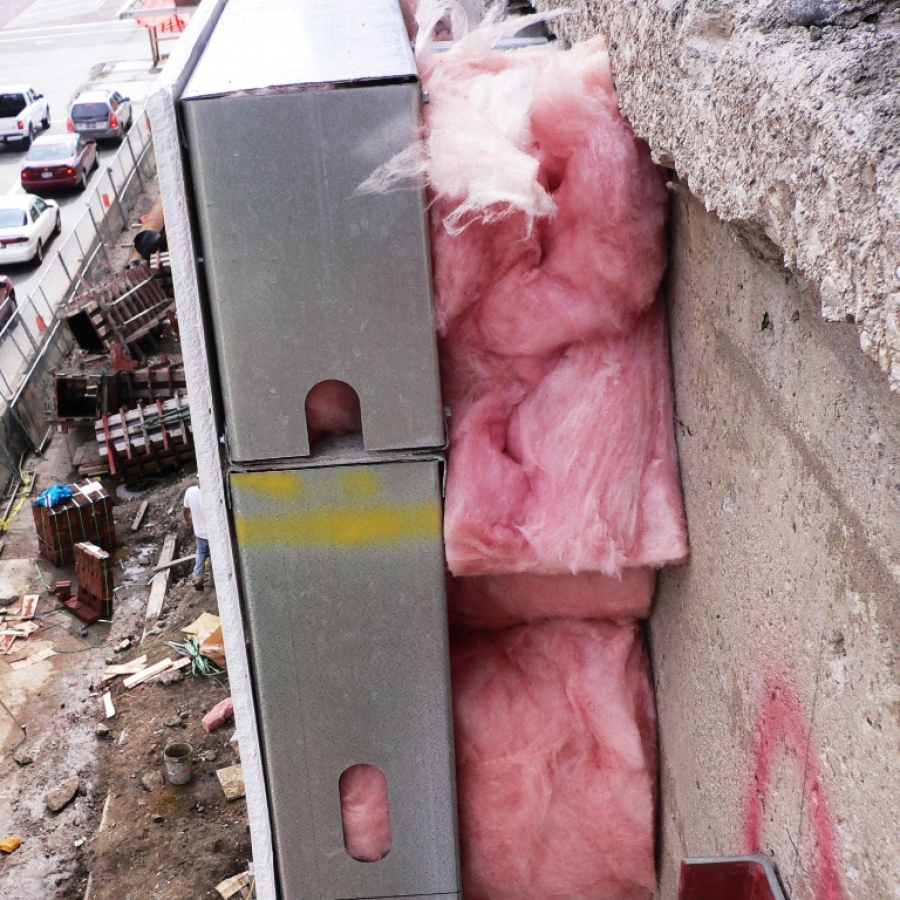The R-Value of Insulation
An R-value indicates an insulation's resistance to heat flow. The higher the R-value, the greater the insulating effectiveness.

Topic Summary
The R-value depends on the type of insulation and includes its material, thickness, and density. When calculating the R-value of a multilayered installation, add the R-values of the individual layers. Installing more insulation in your home increases the R-value and the resistance to heat flow.
The effectiveness of an insulation's resistance to heat flow also depends on how and where the insulation is installed. For example, insulation that is compressed will not provide its full rated R-value. The overall R-value of a wall or ceiling will be somewhat different from the R-value of the insulation itself because some heat flows around the insulation through the studs and joists. Therefore, it's important to properly install your insulation to achieve the maximum R-value.
The amount of insulation or R-value you'll need depends on your climate, type of heating and cooling system, and the section of the house you plan to insulate. For more information, see our information on adding insulation to an existing house or insulating a new house.
Article source: The U.S. Department of Energy’s Office of Energy Efficiency and Renewable Energy (EERE). For the most up-to-date information please visit the EERE website.



